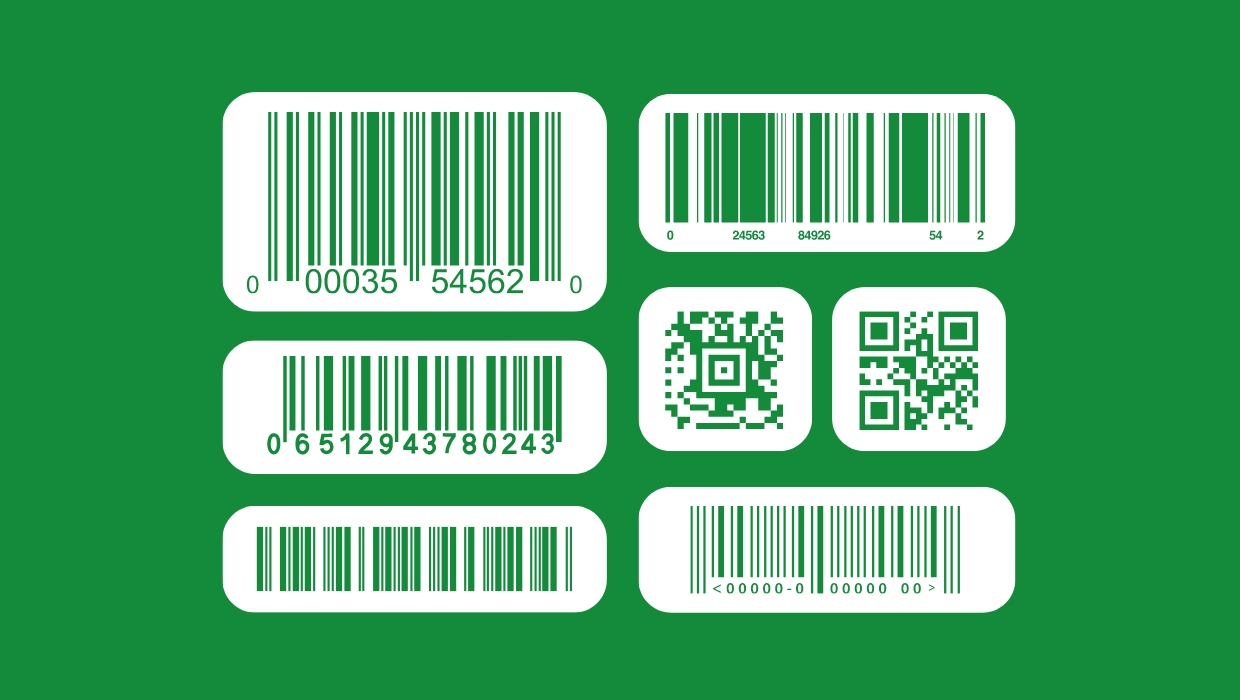How to Ensure Perfect Barcodes on Packaging Proofs
PageProof's automatic barcode scanner saves users valuable time during the review and approval process and reduces the risk of errors on printed artwork.


Packaging plays a pivotal role in defining a product’s identity and its ability to catch the customer’s eye on the shelf. A well-designed package not only attracts attention but also communicates the brand’s values to potential buyers. Research shows that 82% of shoppers seek alignment between a consumer brand’s values and their own. Additionally, packaging includes essential functional elements like barcodes, nutritional panels, and legal requirements that must be accurate.
To ensure precision, packaging and artwork proofs should undergo thorough verification before going to print. This includes checking the number and accuracy of barcodes on the proof.
Types of barcodes
Barcodes are indispensable in a range of industries, each serving specific purposes. Some of the most common types include:
- Aztec Barcodes: Versatile 2D matrix barcodes ideal for storing specific data, often used in transportation for check-ins like electronic boarding passes for flights and trains.
- Code 128: An enhanced barcode format capable of encoding all 128 ASCII characters, widely used in retail, eCommerce, and delivery industries, perfect for labelling packages in shipping and transportation.
- Code 39: A linear barcode that encodes alphanumeric data, including letters, numbers, and select special characters, commonly referred to as Code 3 of 9.
- Code 93: A compact and secure barcode upgrade from Code 39, reading both letters and numbers, used in the military, automotive, and Canada Post for special delivery encoding.
- Data Matrix: A compact 2D code that stores large amounts of data, commonly found on small products with limited label space, used on electrical appliances and surgical tools.
- EAN-8 & EAN-13: EAN barcodes, widely used in Europe, encode product information and are commonly utilized at the point of sale, with EAN-8 suitable for smaller items.
- ITF-14: A barcode type commonly used in warehousing, shipping, and distribution for encoding numerical data with a specific format of 14 digits, also known as Interleaved 2 of 5.
- PDF-417: A powerful two-dimensional barcode capable of storing up to 1.1 kilobytes of machine-readable data, commonly used on employee ID cards, boarding passes, and government IDs.
- QR Code: Initially used by Toyota to track vehicle parts, QR codes are now ubiquitous, scanned by smartphones, and widely used in marketing on various mediums like posters, advertisements, and business cards.
- UPC-E: A condensed version of the UPC-A barcode used in the United States for smaller products with limited space, commonly found in grocery stores and retail establishments.

Examples of common barcodes
A simple process to check barcodes on a proof
PageProof’s automatic barcode scanner simplifies the process of checking barcodes and QR codes on proofs. Features of the barcode scanner
- Identifies the number of unique barcodes on a proof.
- Hover over a code to display barcode details on screen for quick and accurate verification.
- Clicking on the code copies it to your clipboard, or create a comment that includes the code.
- Open QR code links in new tabs for seamless review.
Advantages of PageProof
In addition to the automatic barcode scanner, PageProof offers a range of powerful features to ensure pixel-perfect packaging files and printed artwork.
The platform provides comprehensive color separation previews for print-ready artwork and is highly optimized for packaging files, delivering professional-grade accuracy, including ink coverage breakdowns. Other features include smart analysis of dimensions, fonts, and colors, as well as tools like rulers and grid lines for measuring and verifying alignment, making it easy to perfect every detail.
In conclusion, packaging is a crucial aspect of product identity, and accurate barcodes are essential for both customer satisfaction and compliance. PageProof’s automatic barcode scanner saves users valuable time during the review and approval process and reduces the risk of errors on printed artwork. Experience the power of PageProof by taking advantage of their free trial and ensure there are no surprises when packaging goes to print.
This article was last modified on August 15, 2023
This article was first published on August 14, 2023





